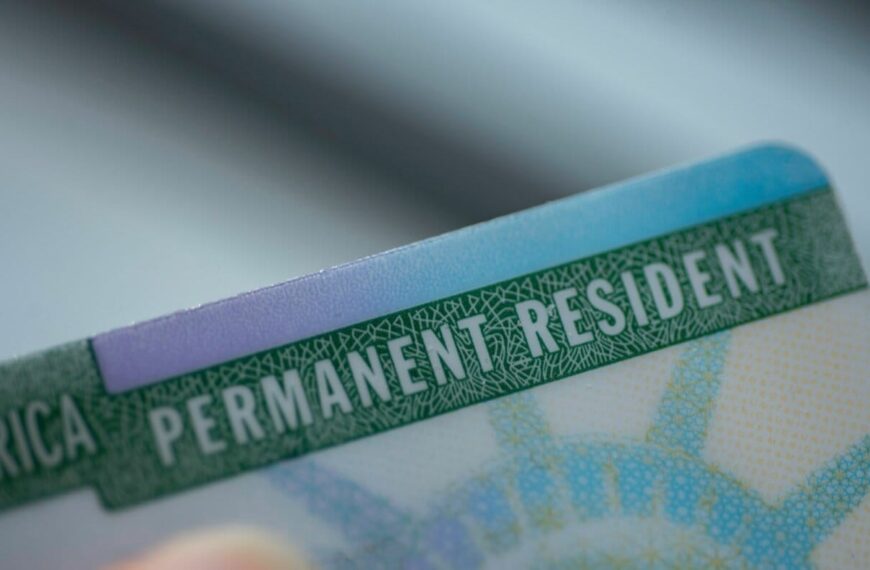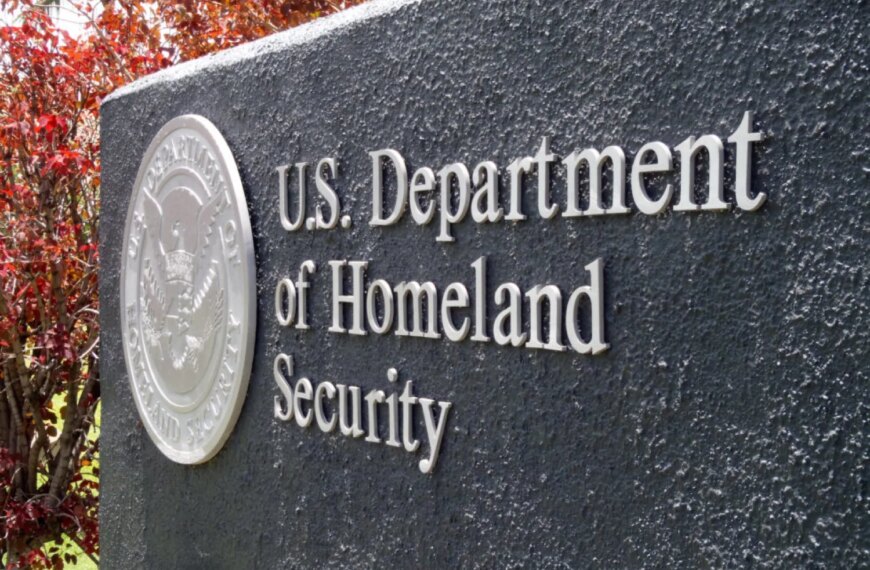New Francophone Pathway to Permanent Residence in Three Regions
The landscape of immigration in Canada is evolving, and a significant development has emerged with the introduction of a new Francophone pathway to permanent residence. This initiative aims to attract French-speaking immigrants to specific regions across the country, enhancing the multicultural fabric of Canada. The pathway is designed not just to bring in skilled workers but also to support the growth of Francophone communities outside of Quebec.
Understanding the Francophone Pathway
The Francophone pathway is part of Canada’s broader immigration strategy, which seeks to promote French language and culture. This new program is particularly relevant in regions that have been historically less populated by French speakers. By facilitating the immigration process for Francophone individuals, Canada aims to bolster its economy and maintain its linguistic diversity.
Key Features of the Francophone Pathway:
Impacts on the Communities
The introduction of this pathway is expected to have a profound impact on the communities in which these Francophone immigrants settle. Not only will it help to sustain and grow the Francophone population, but it will also contribute to the economy by filling labor shortages in various sectors.
Benefits to the Local Economy:
Challenges and Opportunities
While the Francophone pathway presents numerous opportunities, it also faces challenges. Communities must be prepared to integrate these newcomers effectively. This includes ensuring that local services can accommodate the needs of French-speaking immigrants, such as education and healthcare.
Potential Challenges Include:
However, the initiative also opens doors for communities to embrace diversity, promoting a more inclusive society. With the right strategies in place, the Francophone pathway could be a model for future immigration programs aimed at sustaining minority languages and cultures.
Conclusion
The new Francophone pathway to permanent residence represents a significant step forward in Canada’s immigration policy. By focusing on the needs of specific regions and supporting the integration of French-speaking immigrants, Canada is not only enhancing its workforce but also preserving its cultural heritage. As we move forward, it will be crucial to monitor the success of this initiative and to adapt strategies to ensure that all communities can thrive in this new landscape.
As immigration continues to shape our society, staying informed about developments like the Francophone pathway is essential. For those interested in exploring immigration opportunities, understanding programs like these can provide valuable insights and open doors to new possibilities.










